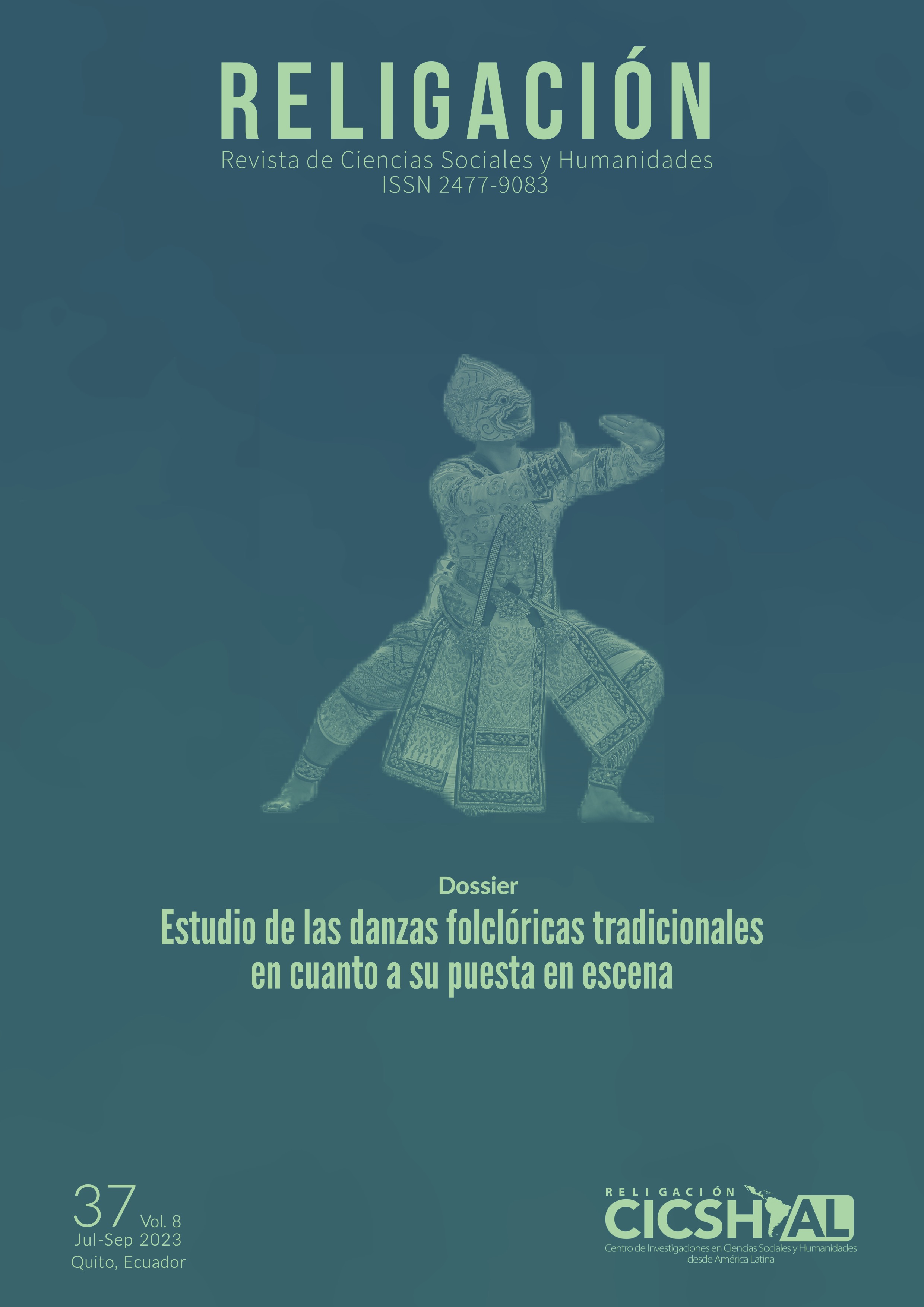Educación Física un componente en la Actividad Física en el tiempo libre de los estudiantes de Básica Superior
Resumen
El abandono a la práctica de la actividad física de los estudiantes fuera de clase causa sedentarismo en la mayoría de estudiantes. El objetivo fundamental de este estudio es determinar si la Educación Física, es un componente que influye en la actividad física de los estudiantes en el tiempo libre. La muestra de estudio fue estructurada por estudiantes de la Unidad educativa Adolfo Valarezo de la ciudad de Loja, con las edades comprendidas entre 13 a 16 años. El instrumento utilizado fue el cuestionario sobre Educación Física, que consulta sobre la asignatura y la actividad física que se refiere a la práctica habitual, voluntaria en periodo de clases y durante el tiempo libre. Los resultados obtenidos demostraron que no hay diferencias significativas (p > .05) en las variables psicológicas, mientras que el nivel de AF si refleja diferencias significativas (p = .003, d=.24), con el género masculino. En conclusión, se confirma la aceptación favorable en los estudiantes al realizar Educación Física, dando significancia favorable en el aprendizaje de conocimientos, habilidades adquiridas en los estudiantes motivando a la práctica de la actividad física y el deporte.
Descargas
##plugins.generic.paperbuzz.metrics##
Citas
Águila Sánchez, A. (2012). Análisis de la variabilidad de la frecuencia cardiaca en un programa de intervención en sujetos activos y sedentarios. [Tesis de grado. Universidad Autónoma de Nueva León. http://eprints.uanl.mx/3434/1/1080256583.pdf
Baca Urbina, G. (2016). Evaluación de proyectos. McGraw Hill. https://n9.cl/5xv9d
Bermeo Velasco, F. (2021). Los beneficios de la educación física en los estudiantes. [Tesis de grado. Universidad Nacional de Tumbes. https://n9.cl/3oc32
Correa, D., Abarca, A., Baños, C., y Analuisa, S. (2019). Actitud y aptitud en el proceso del aprendizaje. Revista Atlante: Cuadernos de Educación y Desarrollo. https://n9.cl/nxk2
Gil, P., y Contreras, O. (2002). Interés y valoración del área de educación física por padres y alumnos en la enseñanza en la enseñanza obligatoria. Revista de Educación, (332), 327-355. https://n9.cl/0w7wu
Gómez-López, M., Granero-Gallegos, A., Baena-Extremera, A., & Abraldes, J. A. (2014). Análisis de los perfiles motivacionales y su relación con la importancia de la educación física en secundaria. Revista Iberoamericana de Diagnóstico y Evaluación–e Avaliação Psicológica, 2(38), 11-29. https://www.redalyc.org/pdf/4596/459645434002.pdf
Ministerio de Educación. (2016). Curriculum EGB y BGU de Educación Física. https://n9.cl/s84slb
Organización Mundial de la Salud. (2019, noviembre). Un nuevo estudio dirigido por la OMS indica que la mayoría de los adolescentes del mundo no realizan suficiente actividad física, y que eso pone en peligro su salud actual y futura. https://n9.cl/dkz5
Pegalajar Palomino, M.D. (2016). Percepciones del alumnado de posgrado acerca de la metodología docente y evaluativa. Profesorado. Revista de Currículum y Formación de Profesorado, 20(2), 98-119. https://www.redalyc.org/pdf/567/56746946006.pdf
Pérez, S. (2014). Actividad física y salud: aclaración conceptual. Revista Digital EfDeportes, 193. https://n9.cl/26xl
PimientaLastra, R. (2000). Encuestas probabilísticas vs. no probabilísticas. Política y Cultura, 13, 263-276.
Quevedo-Blasco, V., Quevedo-Blasco, R., y Bermúdez, P. (2009). Análisis de la motivación en la práctica de actividad físico-deportiva en adolescentes. Revista de Investigación en Educación, 6, 33-42. https://n9.cl/vnezr
Ramos, A., y López, R. (2008). Revisión teórica acerca de la Educación Física como ciencia y disciplina pedagógica. Revista Digital Efdeportes, 120. https://n9.cl/h4bat
Roldan, E., Rendón, D., y Escobar, J. (2013). Alternativas para la medición del nivel de actividad física. Revista Digital Efdeportes, 183. https://n9.cl/ijygo
Sáenz, P., López, B., Ibañez, J., y Giménez, F. (1999). La motivación en las clases de Educación Física. Revista Digital EfDeportes, 17, 2. https://n9.cl/kug9l
Sánchez, S. (2003). La participación de los alumnos en las clases de Educación Física:
una perspectiva cualitativa de sus comportamientos. Revista Digital EfDeportes, 67. https://www.efdeportes.com/efd67/particip.htm
UNESCO. (2015). Carta internacional de la educación física, la actividad física y el deporte.https://n9.cl/qbave
Vilchez Conesa, P., & Ruiz Juan, F. (2016). Clima motivacional en Educación Física y actividad físico-deportiva en el tiempo libre en alumnado de España, Costa Rica y México. RETOS. Nuevas Tendencias en Educación Física, Deporte y Recreación, 29, 195-200. https://www.redalyc.org/pdf/3457/345743464039.pdf
Derechos de autor 2023 Ítalo Maneiro Yanangómez Tandazo, Darwin Gabriel García-Herrera, Carlos Marcelo Ávila-Mediavilla

Esta obra está bajo licencia internacional Creative Commons Reconocimiento-NoComercial-SinObrasDerivadas 4.0.











